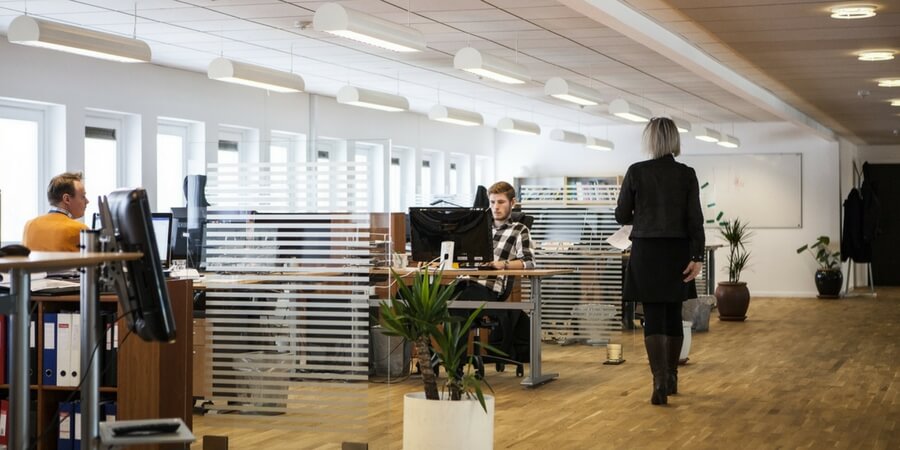Creating a thermally efficient office environment promotes comfort and enhances productivity. With rising energy costs and environmental concerns, exploring effective ways to improve thermal efficiency is essential. In this post, we will delve into different strategies that can help transform your office into a more comfortable and energy-efficient space, ensuring the well-being of your employees while reducing operational costs.
Optimise Insulation
A crucial step towards improving thermal efficiency is optimizing insulation. Inspect windows, doors, and walls for any gaps or cracks allowing heat transfer. Weatherstripping and caulking are cost-effective methods to seal these areas and prevent unwanted drafts. Consider investing in double or triple glazing for windows to enhance insulation further. Using an insulated suspended ceiling tile and insulating the floors and walls of your office with foam or cellulose insulation can help make it more thermally efficient.
Window Treatments for Energy Savings
Appropriate window treatments can play a vital role in maintaining optimal thermal conditions. Install blinds, shades, or curtains to regulate the amount of sunlight entering the office. In summer, close window coverings during peak sunlight hours to prevent excessive heat build-up. During colder months, open them to allow natural light in, reducing the need for artificial lighting and harnessing solar heat gain. Consider using reflective or low-emissivity window films to limit heat transfer while allowing ample natural light.
Efficient HVAC Systems
An energy-efficient heating, ventilation, and air conditioning (HVAC) system is essential for maintaining a comfortable office temperature. Regularly inspect and maintain your HVAC equipment, including air filters, to ensure optimal performance. Programmable thermostats can be programmed to adjust the temperature based on office hours, minimising energy consumption during periods of low occupancy. Consider installing zoning systems that allow individual temperature control in different office areas, optimising comfort levels. Additionally, explore using energy-efficient HVAC technologies, such as variable refrigerant flow (VRF) systems or geothermal heat pumps, to reduce energy consumption further.
Harness Natural Ventilation
Make the most of natural ventilation to reduce reliance on mechanical cooling systems. Utilise windows that can be opened to allow fresh air circulation, especially during mild weather. Strategically position fans near windows to draw in cool air and expel warm air. A well-designed ventilation system, including vents and air ducts, can efficiently distribute cool or warm air throughout the office. Maximising natural ventilation can reduce energy consumption and create a healthier indoor environment.
Energy-Efficient Lighting
Upgrade your office lighting to energy-efficient alternatives. Replace traditional incandescent bulbs with LED or CFL bulbs, which consume significantly less energy and emit less heat. Install motion sensors or timers to ensure lights are only active when needed, reducing unnecessary energy usage. Also, maximise natural lighting by rearranging workstations to maximise daylight. This approach minimises energy consumption and contributes to a more pleasant and productive work environment.
Improving the thermal efficiency of your office is a wise investment that yields benefits for both your employees and your business. By implementing the strategies mentioned above, you can create a more comfortable and sustainable workplace. Start making these changes today, and reap the rewards of increased comfort, enhanced productivity, and reduced energy costs in your office environment.

